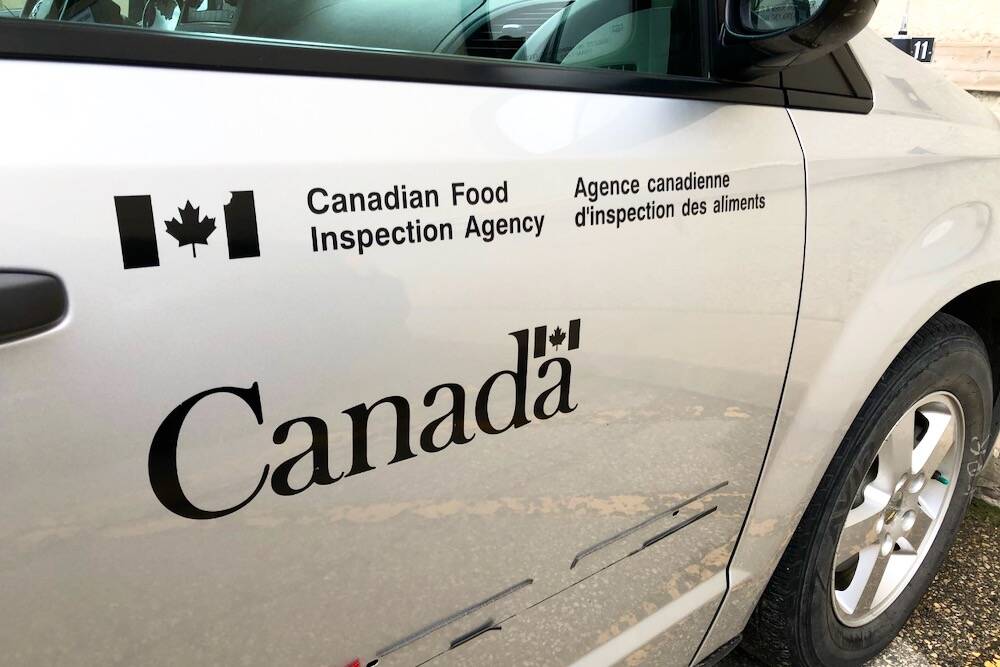A proposal to license individual auctioneers in Alberta is up for discussion as part of a review of the province’s public auctions regulations.
The first part of Service Alberta’s review, announced Tuesday, includes an online discussion paper for the public to provide input before the department’s deadline of Oct. 8.
Other proposals in the discussion paper look at issues such as the level of security an auction house must post, and whether an auction company should be able to pay a consignor before it collects payments from all buyers.
Read Also

B.C. ostriches culled, CFIA confirms
Ostriches on an embattled Edgewood, B.C. farm have been culled after a prolonged legal battle, the Canadian Food Inspection Agency has confirmed.
“We already have good auction regulations in place, but we want to make sure they’re as good as they can be,” Service Alberta Minister Heather Klimchuk said in a release Tuesday. The regulations, in place since 1999, were last reviewed in 2005.
The regulation already requires Alberta’s 213 auction businesses to be licensed, post a security, and deposit funds from auction sales into a trust account. Individual auctioneers also need to meet certain training requirements.
First up on the discussion paper is the question of whether Alberta should follow the lead of Saskatchewan, New Brunswick, Prince Edward Island and 19 U.S. states and require individual auctioneers to be licensed. Another state only requires licenses for real estate auctioneers. Saskatchewan and 14 states also license auction businesses.
Licensing allows the government to establish “acceptable qualifications” such as knowledge of the province’s auction laws; conduct background checks; update information about licensees; and suspend or cancel a license in cases of “inappropriate conduct,” Service Alberta said.
Fees for individual auctioneers’ licenses range from $125 for a five-year license in Saskatchewan to $200 for a two-year license in P.E.I., Service Alberta noted.
Trust funds
The discussion paper also considers a proposal to allow auction companies to pay a consignor from their general accounts before the auction house collects all money owed by buyers.
Currently, the money collected from buyers has to go into an auction firm’s trust account within three days of collection, and the auction firm has up to 21 days to cut a cheque to the consignor, covering the consignor’s share of the paid-up purchases.
Because the regulations now only require money from public auctions to be put into trust, the province also wants public input on whether it should require the same of funds collected through other kinds of sales of goods, if said goods were also meant for public auction.
For example, some consigned goods are sold for a set price at a pre-auction sale, or may not be in working order on the day of an auction but may be available afterward for a set price.
Service Alberta is also considering increasing the amount an auction company must post as security to protect consignors and buyers. That amount now sits at $25,000, which the province said may not be enough to cover losses in some circumstances and noted specific cases where claims were well over that amount.
The discussion paper proposes either raising the security to a flat $50,000 for all auction companies, or a “tiered” security requirement of anywhere from $25,000 to $75,000, depending on a company’s trust account obligations.
Bidders
The current regulation also blocks an employee or agent of an auction company from bidding on goods himself or herself. The rule is meant to prevent a company from trying to boost its commission by “bidding up” the price of an item.
The discussion paper proposes either allowing employees to bid on behalf of a true arm’s-length bidder, or requiring auctioneers to announce when an employee or agent is bidding on his or her own behalf and truly intends to buy the goods.
The current regulation also prevents an auctioneer from re-opening bidding after the hammer falls. The province is considering amendments to deal with unusual circumstances — for example, when an auctioneer recognizes a bid from one buyer at the same time than an assistant has recognized a bid from a different buyer; or when a bid is made just as the hammer is falling in acceptance of a prior bid.













